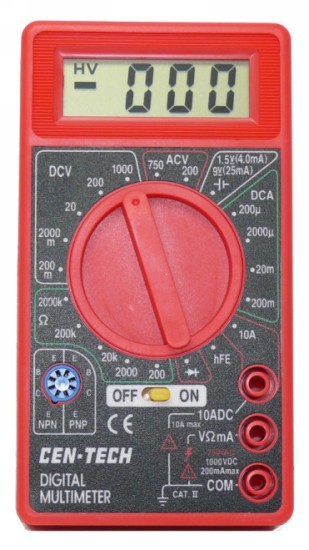All you have done is this.......
When you broke the kick panel connector you REMOVED the load on the supply, the VR, and the gauge
This would be "what I'd expect" for a normal circuit, or at least "in reason."
I'm getting lost. I haven't seen where you have separated the sender circuit from the gauge
The 4 ....some volts seems to indicate that the sender is drawing "some" current as it should
Maybe take a different approach.
Separate the cluster harness connector, with the sender wire hooked up "as normal" up to the harness connector. Take an ohm reading from the sender wire to ground. Depending on what you read should be what you'd expect to read on the gauge, IE 10--15 or so, around full
25 ohms or so..........around 1/2 tank
60-75 would read empty
The fact that grounding the gauge makes it peg, and yet having the sender hooked up causes "what?" for a reading could be
1.....bad wire connections which you may have eliminated
2...."Sticky" gauge unit
3...Without measuring the sender, who knows what you are getting? to operate the gauge.

















